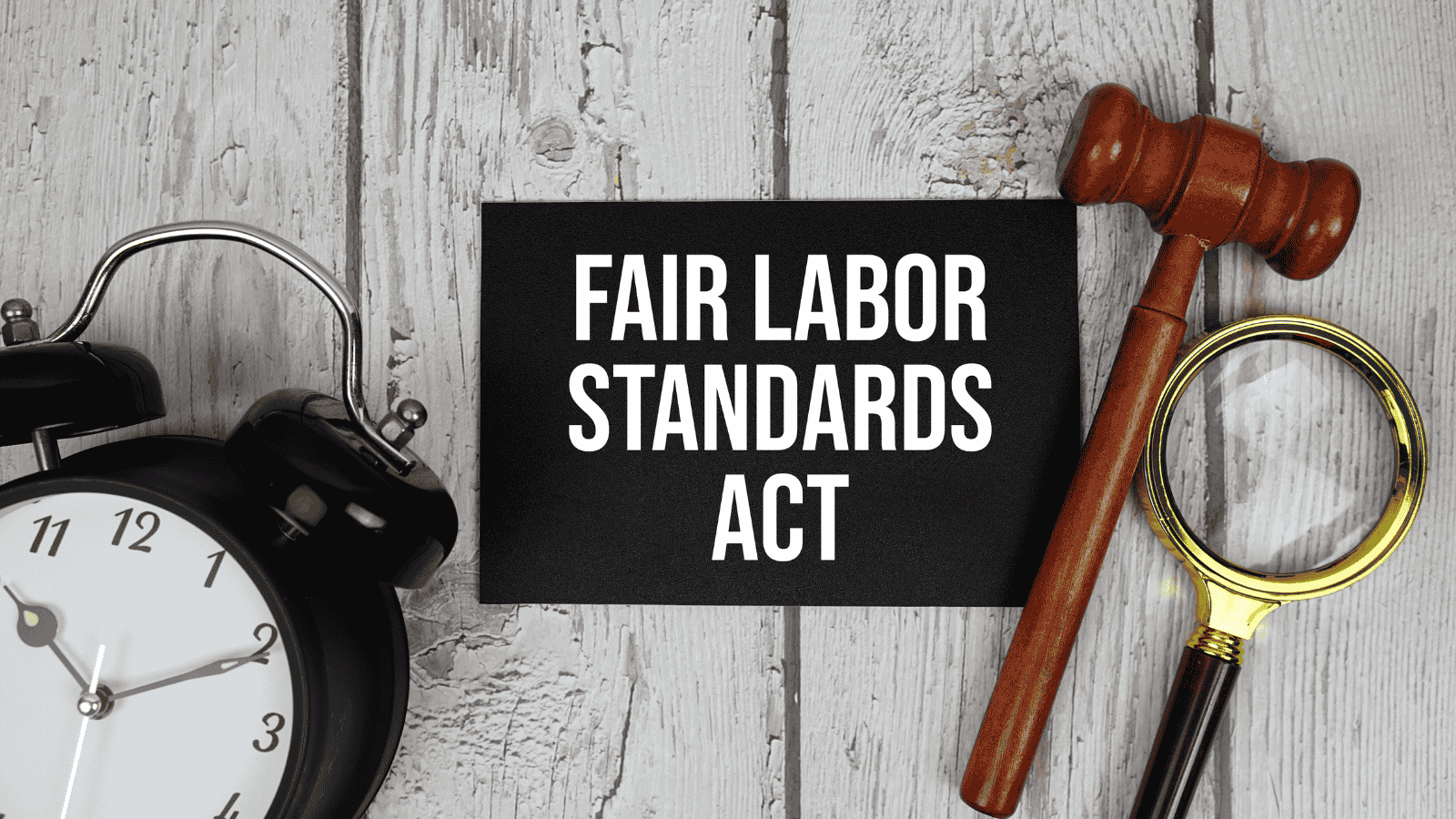Deciphering Final Rule Salary Threshold Requirements: Complete Guide
The Department of Labor has published its Final Rule updating the salary threshold requirements for its Executive, Administrative and...
Discover our wide range of courses designed to help you maintain compliance with Prevailing Wage and other labor laws
Join our upcoming events to ensure seamless compliance with Prevailing Wage and other essential labor laws
Discover how our services can assist you and your company in staying compliant with Prevailing Wage.
Explore the resources we offer, providing quick guidance on a wide range of topics

"That employee is paid on a salary; he doesn't get overtime."
Every time I heard that phrase as a Wage and Hour Investigator, I knew I would be delivering bad news at the conclusion of my investigation. Salaried employees not being entitled to overtime compensation is one of the most common misconceptions in business. But where does that misconception come from?
One of my theories is that people like to read to validate what they already believe and then stop reading once they find something that believe reinforces that belief. Overtime compensation, at the Federal level, is dictated by the Fair Labor Standards Act of 1938. Most employees in the nation's workforce are entitled to overtime pay after 40 hours worked in one week, unless an exemption specifically applies to the type of work they perform. Some exemptions are automatic, such as the overtime exemption for employees employed in agriculture or employees working as taxicab drivers; however, others require employees to meet certain duties and compensation "tests" to be applicable.
There is a group of exemptions collectively known as the “White Collar Exemptions”. This group may be the culprit for the “salary equals no overtime” misbelief. Each of these exemptions has three tests. If an exemption is to apply all three tests related to that particular exemption must be met.
The first two tests for all three exemptions involve an employee’s compensation: An employee must be paid on a guaranteed salary basis (ever heard of this?), moreover, this salary must be the equivalent of at least $684 per week.
The third test that employees must meet, in addition to the salary requirements for any one of these exemptions to apply is a duties test and involves an analysis of of an employee’s work and responsibilities. The “duties test” for each one of the three white collar exemptions are as follows:
Executive Exemption: To qualify for this exemption, an employee must have a primary duty of managing others. They must supervise at least two or more employees and have the authority to hire and fire employees, or their recommendations regarding hiring or firing must carry "significant weight." (See 29 CFR 541.100)
Administrative Exemption: This exemption applies when an employee's primary duty involves office or non-manual work. Additionally, the work must require the exercise of discretion and independent judgment with respect to “matters of significance.” (See 29 CFR 541.200).
Professional Exemption: To qualify for this exemption, an employee must perform work that requires advanced knowledge in a scientific or learning field. This knowledge is typically acquired through an extended course of specialized intellectual instruction. Another way to meet the duties test of this exemption is if the work requires invention, imagination, originality, or talent in a recognized artistic or creative field. (See 29 CFR 541.300)
If someone were to perform some "light research", they would definitely stumble upon the salary requirements of these exemptions and if they were to be satisfied in simply reaffirming their preconceived beliefs, they would be cementing an inaccurate conclusion that could potentially cost their company a pretty penny in the form of back wages for uncompensated overtime, should Wage and Hour select them for an investigation.
Salaried employees usually work more hours than their hourly counterparts, they are also less likely to keep accurate records of their hours worked, which opens the door for a DOL Investigator to resort to a reconstruction of the hours worked by these individuals based on interview statements and employees' faulty memories (would you be more likely to remember and share the times you left early or the weeks you worked 50+ hours?). Wage and Hour Investigators reconstruct hours based on the information they obtain from employee interviews, then they calculate a weekly average of hours worked and apply that average to every single week contained in their two-year period of investigation. They then use these averages to calculate the overtime compensation each employee paid in violation should have received during that period.
So, I will ask you one final question: Are salaried employees entitled to overtime?
- Aaron Ramos, Labor Compliance Officer

The Department of Labor has published its Final Rule updating the salary threshold requirements for its Executive, Administrative and...

Understanding the Federal Court’s Decision on White Collar Overtime Exemptions On November 15, 2024, the U.S. District Court for the Eastern District...

What is an FLSA Audit? Are you confident that your business is compliant with the Fair Labor Standards Act (FLSA)? If not, it's time to consider...